This article was medically reviewed by Erik Kramer, DO, MPH. Dr. Erik Kramer is a Board-Certified Primary Care Physician at the University of Colorado. With over 15 years of experience, his clinical interests include obesity and weight management, diabetes care, and preventive care, as well as embracing a holistic approach to primary care. He received his Doctorate in Osteopathic Medicine (D.O.) from the Touro University Nevada College of Osteopathic Medicine and completed his residency at Central Maine Medical Center. Dr. Kramer is a Diplomate of the American Board of Obesity Medicine.
There are 23 references cited in this article, which can be found at the bottom of the page.
This article has been viewed 27,445 times.
If you have hand pain because of something like carpal tunnel syndrome, arthritis, or a hand injury, there are several ways you can help ease it. Try a treatment at home like heat compresses or hand creams that relieve pain. If your hand continues to hurt, visit your doctor to see if physical therapy, steroid injections, or surgery is an option. If you have arthritis, stretching your hands can be a helpful way to relieve pain as well.
Steps
Doing Basic Home Treatments
-
1Ice your hand for 15-20 minutes to reduce inflammation. Icing your hand will help a hand injury as well as some cases of arthritis. Either place an ice pack on your hand for about 20 minutes before taking it off for at least 20 minutes, or set your hand in an ice bath for 10-15 minutes a couple times an hour at most. The ice will help reduce inflammation and numb some of the pain your hand is feeling.[1]
- Avoid leaving your hand in the ice bath for longer than 15 minutes, or leaving an ice pack on your hand for more than 20 minutes, as this can mess up the circulation in your hand.
-
2Use a heat compress for 10 minutes to soothe aches in your hand. Apply a heat compress, such as a warm washcloth or heated pad, to your hand and hold it there for 10-15 minutes. Dipping your hand in warm water is also a good way to help reduce any pain you’re feeling, stretching your fingers gently in the water to help strengthen them and prevent stiffness.[2]
- Heat compresses work well for arthritis.
- Try soothing your hands when you’re washing the dishes, flexing your hands and fingers under the hot water to help reduce any pain.
- Use warm water with a temperature between 92–100 °F (33–38 °C).
Advertisement -
3Rub a hand cream on your hands that targets pain. There are specific creams on the market that you can apply to your skin to help soothe pain in your hands related to carpal tunnel, arthritis, and many other conditions. Look for a pain-relieving cream and rub it onto the area that’s hurting, following the instructions that come on the packaging.[3]
- For example, you might use Bengay pain relieving cream or Aspercreme, which have an active ingredient of methyl salicylate to relieve pain.[4]
- You can find pain-relieving hand creams in big box stores, drugstores, and online.
-
4Place a splint on your hand to help keep your hand from moving. This can ease pain caused by a hand injury or carpal tunnel. Many times, purchasing a hand splint or brace that fits your hand size is a good way to reduce pain as it keeps your hand from moving around. Wear the splint whenever you feel pain, or whenever you do an activity that has caused your hand pain previously.[5] [6]
- Wearing a splint overnight can prevent your pain from worsening. Expect to wear your splint for at least 4-8 weeks before you'll notice improvement.
- Avoid wearing a hand splint or brace all the time, as this can make your muscles weaker by not being used as often.
- Using a splint can also help wrist pain that's caused by radiating pain from tennis or golfer's elbow.
- Visit your local drugstore or big box store to find a hand splint in the right size, or ask your doctor to give you one.
-
5Take a pain reliever for a quick way to relieve hand pain. Over-the-counter pain relievers like ibuprofen, naproxen, or aspirin are great for easing hand pain of all kinds. Follow the dosage instructions on the specific pain reliever you decide to take, making sure you take the correct amount depending on your age and/or weight.[7]
- Avoid taking pain relievers too often for your hand pain, and instead only take medication when the pain is preventing you from doing things.
- For adults, a typical ibuprofen dose is 400 milligrams (0.014 oz), while a typical dose of aspirin is 350 milligrams (0.012 oz).[8]
Getting Medical Treatments
-
1Go to the doctor immediately if you caught a fall with your hands. When you fall down, it's normal to catch your fall by extending your hands out. If your hand pain started after a fall, see your doctor for a same-day appointment or go to an urgent care center. Your hand may be broken, which requires immediate treatment.[9] [10]
- If you have pain in your wrist near the base of your thumb, it's especially important to see your doctor. You may have a scaphoid bone fracture.
- Your doctor will do an X-ray to find out if your hand is broken. If it is, they may give you a splint or thumb spica cast.
-
2Visit the doctor if your hand pain doesn’t get better after 1-2 weeks. If you’re doing things like using a hand splint and icing your hand but your pain still isn’t getting better, it’s time to visit the doctor. They’ll be able to examine your hand and see if a treatment needs to be done, such as cortisone injections or even surgery.[11]
- Call to schedule an appointment to meet with your doctor.
- The doctor may take an X-ray of your hand or do basic hand exercises to see what's wrong.
- An orthopedic physician is also someone you might see instead of your regular physician.
-
3See a specialist to get steroid injections to ease certain hand pains. If your doctor examines your hand and determines that the pain is being caused from something like carpal tunnel syndrome or arthritis, then steroid injections may help. A hand orthopedic or sports medicine provider will use an ultrasound to guide them as they inject cortisone into your hand, which helps reduce inflammation and pain. Ask your doctor if this is an option that would help your hand.[12]
- Know that the injections may only temporarily relieve the pain. Typically, the effects of the steroid injections will last 1-2 weeks up to a few months.
- Don't get steroid injections too often, as they can affect your joints or tendons with repeated use. Talk to your doctor about how often you should get steroid injections.[13]
-
4Ask your doctor if surgery is recommended to ease your hand pain. If you have a severe hand injury or carpal tunnel syndrome that just won't go away, surgery may be your best option. Discuss getting an MRI so your doctor can determine if you may need surgery. Then, talk to your doctor about what the surgery would entail, what the recovery would be like, and about any costs or other concerns you have.[14]
- The MRI will show if you have ligamentous damage.
- It's best to use surgery as a last option when it comes to relieving your hand pain, as it's the most invasive.
- The exact type of surgery right for you will depend on your specific hand pain.
- Consider getting several different doctor's opinions before committing to surgery.
-
5Go to an occupational therapist to learn exercises that will help your hand. An occupational therapist is great for helping you strengthen your muscles or ligaments that might be causing you pain. They'll assess your hand to see what the issue might be, and then they'll show you exercises you can do at home or with the therapist to begin helping your hand.[15]
- Check in with your doctor to see if they think occupational therapy would help your hand pain. They may also be able to refer you to an occupational therapist that they think would be a good fit.
Stretching Your Hand
-
1Do a towel stretch by twisting a towel in opposite directions. Hold the ends of a towel in each of your hands. Next, twist the ends of the towel in opposite directions like you are wringing water out of the towel. Hold the stretch for 1-2 seconds, then release the towel to complete 1 stretch.[16]
- Twist with both hands at the same time.
- Do 10 stretches in the same direction, then reverse directions and do 10 more.
-
2Make a fist with your hand to flex your hand muscles. Start by stretching out your fingers so your hand is straight. Bend your fingers in towards your palm, creating a fist. Instead of squeezing once your fingers are bent inwards, slowly expand your fingers back out so they're straight again. Do this several times for both hands.[17]
- Avoid creating too tight of a fist by squeezing your fingers, as this isn't a necessary part of the stretch and could increase your hand pain.
- An alternative to this exercise is to gently squeeze a stress ball.[18]
-
3Curve your hand to stretch it into a 'C' or 'O' shape. Starting with your fingers stretched out, pretend as if you're about to grab something and move your hand into a 'C' shape. Once you've mastered this, continue moving your fingers together to create an 'O'. Release your fingers to relax them before doing this exercise again. Repeat the stretches for both hands.[19]
- Do each shape 3-4 times for each hand.
-
4Practice lifting your fingers to strengthen and stretch them. Place your hand flat on a table or stable surface so your palm is facing down. Slowly lift up one finger at a time, focusing on lifting it as far up as you can while keeping the other fingers and your palm on the table. Do this with each finger on each hand, slowly lowering them back down once they've been lifted.[20]
- Try to lift each finger 2-3 times per hand.
-
5Stretch your thumb by bending it into your palm. Relax your hand so that your palm is facing you. Bend your finger in towards your palm, trying to get it to touch. Once you've bent it as far as possible, stretch it back outwards slowly. Repeat this exercise several times for both hands.[21]
- If your thumb can't reach your palm completely, just stretch it inwards as far as it will comfortably go.
-
6Rest your hand by taking a break if an activity is causing it pain. If you’re doing something like working on the computer and notice that your hand starts to hurt, take a break from whatever activity you’re doing until the pain goes away. This gives your hand and wrist a rest and hopefully helps prevent the pain from growing worse.[22]
- Doing repetitive movements using your hands is what often contributes to hand pain, so try to do different activities throughout the day to prevent your hands from becoming stiff or sore.
References
- ↑ https://www.assh.org/handcare/condition/heat-treatment-cold-treatment
- ↑ https://www.arthritis.org/health-wellness/healthy-living/managing-pain/pain-relief-solutions/heat-therapy-helps-relax-stiff-joints
- ↑ https://www.youtube.com/watch?v=z_352k4VhHU#t=59s
- ↑ https://www.arthritis-health.com/blog/essential-guide-over-counter-topical-pain-relievers
- ↑ https://health.clevelandclinic.org/5-ways-can-ease-carpel-tunnel-syndrome-pain-without-surgery/
- ↑ https://www.vtfc.com/insights/blog/is-wearing-a-brace-bad-for-you/
- ↑ https://my.clevelandclinic.org/health/diseases/14526-musculoskeletal-pain
- ↑ https://www.dir.ca.gov/dwc/MTUS/ACOEM-Guidelines/Hip-and-Groin-Disorders-Guideline.pdf
- ↑ https://carpaltunnelpros.com/2020/08/31/10-ways-to-tell-if-your-hand-is-broken/
- ↑ https://my.clevelandclinic.org/health/diseases/22240-scaphoid-fracture
- ↑ https://health.clevelandclinic.org/5-ways-can-ease-carpel-tunnel-syndrome-pain-without-surgery
- ↑ https://www.csp.org.uk/system/files/2_carpal_tunnel.pdf
- ↑ https://my.clevelandclinic.org/health/diseases/7082-arthritis-of-the-wrist-and-hand
- ↑ https://orthoinfo.aaos.org/en/diseases--conditions/carpal-tunnel-syndrome/
- ↑ https://pubmed.ncbi.nlm.nih.gov/33338325/
- ↑ https://www.orthobethesda.com/blog/7-tennis-elbow-exercises-to-treat-your-pain-at-home/
- ↑ https://www.mayoclinic.org/diseases-conditions/arthritis/multimedia/arthritis/sls-20076952?s=3
- ↑ https://www.greencroft.org/Library/docLib/2020/04/5-Minute-Stress-Ball-Workout.pdf
- ↑ https://creakyjoints.org/living-with-arthritis/hand-exercises-for-arthritis/
- ↑ https://creakyjoints.org/living-with-arthritis/hand-exercises-for-arthritis/
- ↑ https://www.mayoclinic.org/diseases-conditions/arthritis/multimedia/arthritis/sls-20076952
- ↑ https://my.clevelandclinic.org/health/diseases/4706-overuse-syndrome-of-the-hands-and-arms
- ↑ https://www.pennmedicine.org/updates/blogs/musculoskeletal-and-rheumatology/2018/may/seven-foods-to-help-you-fight-arthritis
- ↑ https://myhealth.alberta.ca/Health/pages/conditions.aspx?hwid=zt1153




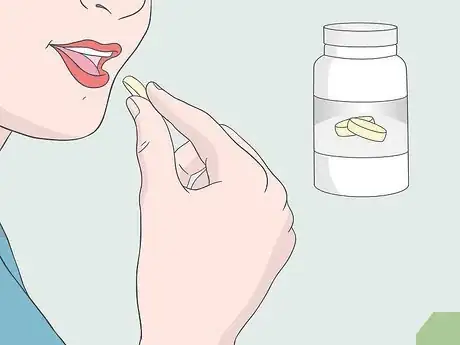
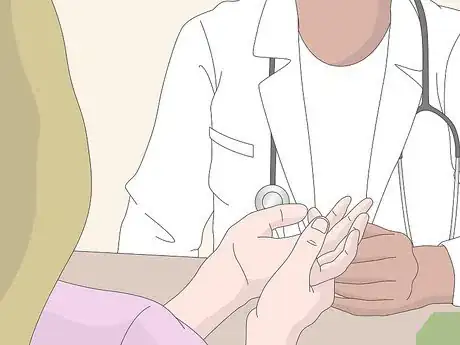

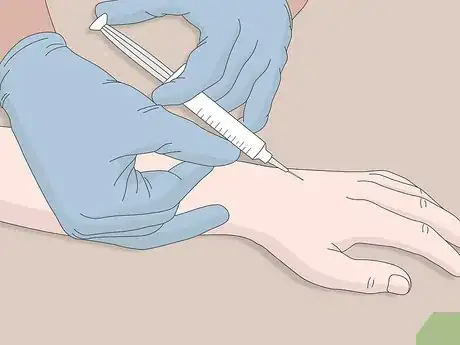
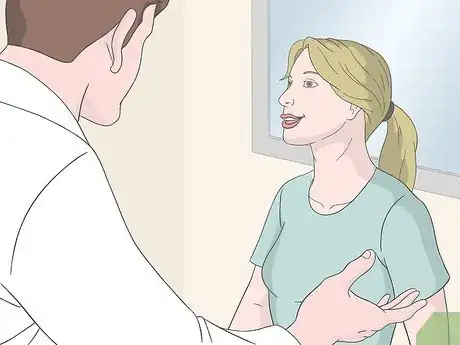
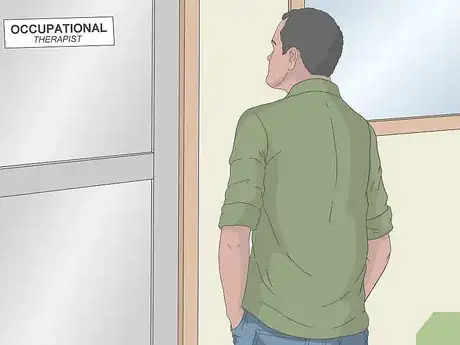


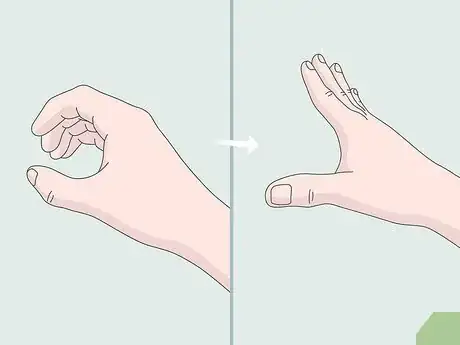



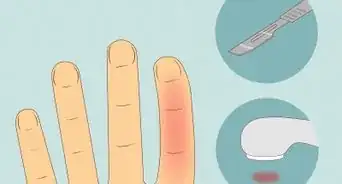
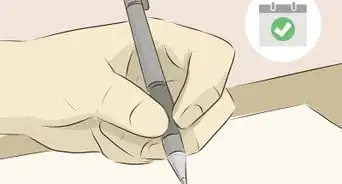
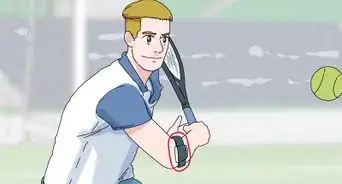
-Step-15-Version-3.webp)









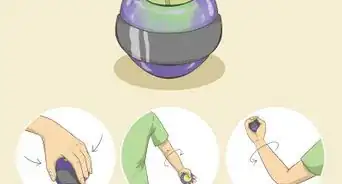








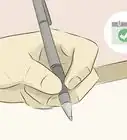

-Step-15-Version-3.webp)



































Medical Disclaimer
The content of this article is not intended to be a substitute for professional medical advice, examination, diagnosis, or treatment. You should always contact your doctor or other qualified healthcare professional before starting, changing, or stopping any kind of health treatment.
Read More...